KOTOTAMA
Okunomichi and WoshiteWorld are deeply interested in the study and practice of Kototama. This is another in the Kototama series of expository articles. Here, we share a Shinto view of Kototama. We received the statements below from a representative of Izumo Taisha Grand Shrine.
Introduction
Izumo Taisha (Izumo Ōyashiro) is one of the oldest and largest Shinto shrines in Japan. The taisha enshrines Ōkuninushi no Ōkami, kami of earth and spiritual world.
Shinto is the native Japanese religion which is based on traditional nature worship and animism. It does not have a particular founder, doctrine, or scripture. This is similar to old Hawaiian and Native American religions.
Nakaima, The “Now”
The word Nakaima comes from a national history book, Shoku Nihongi, Sequel to Chronicle of Japan, 797 CE [sequel to Nihon Shoki, 720 CE]. Nakaima is made up of two words, naka and ima, where the former means middle and the latter means now, the present time.
As Shinto does not have concepts about heaven and hell in the hereafter, “this world” is considered the most valuable and important time for all lives. It is the “middle” between the past and the future. “Now” is the precious time to reflect the past and expect the future.
Kototama of Norito
Shinto prayers, norito, are based on Kototama, the worship to words and language itself. From ancient times, it is said that, “The words can move the heaven and the earth” especially in the Japanese poems (waka, tanka). Traditionally, people use and choose words very carefully when they compose the poems because of Kototama, especially yamato kotoba (ancient Japanese classical words). This is why norito is composed only from yamato kotoba. When the words are pronounced, Kototama is involved — with its vibration toward the world.
Kototama and Nakaima
In Shinto cosmology, Kototama is the basic tool to affect Nakaima.
Experience Kototama and Nakaima
To experience Kototama in Nakaima, recite Ōharae no Kotoba, the prayer for Great Purification, one of the most famous norito.
HARAE NO KOTOBA, PRAYER FOR PURIFICATION AND BLESSING
The Harae no Kotoba below is an invocation often recited at Izumo Taisha asking Ōkuninushi no Ōkami, and all the myriads of Kami to join in the ceremony. There are three basic types of harae purification and blessing:
- the body (to maintain health and well-being, to heal or avoid illness;
- the soul or spirit of the living and the dead;
- our surroundings and natural environment.
The last three lines can be recited as a short prayer for purification and blessing.
Harae no Kotoba
kakemaku mo kashikoki Izanagi no Ōkami
Tsukushi no Himuka no Tachibana no Odo no
Ahagihara ni misogi harai tamaishi toki ni
narimaseru haraido no Ōkami tachi
kamunagaranaru Ōmichi no naka ni umarete
arinagara sono mikage woshi fukaku omowazute
sumekamitachi no mimegumi wo oroka ni omi
tarishitoki ni ayamachi okaseru wa saranari
ima mo tsumi-kegare aramu woba harai tamai
kiyome tamae to mousu kotowo yaoyorozu no
kamitachi tomoni kikoshimese to
kashikomi kashikomi mo mousu
harai tamai kiyome tamae
harai tamai kiyome tamae
harai tamai kiyome tamae
References
Izumo Taisha, Izumo Ōyashiro, website: http://www.izumooyashiro.or.jp/’
Izumo Taisha: https://yamanomiya.wordpress.com/2015/06/22/eleven-shrines-in-izumo-izumo-taisha/
Norito and Oharae: [https://japanshrinestemples.blogspot.com/2015/09/norito-incantations.html]
Kototama on Okunomichi and WoshiteWorld: Type the word “Kototama” in the Search box.
This post also appears on Okunomichi.
***
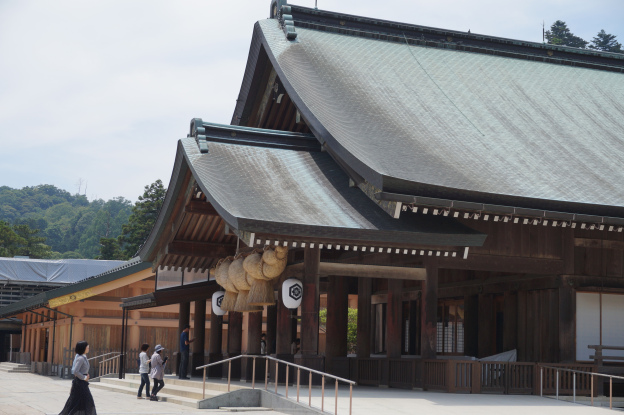
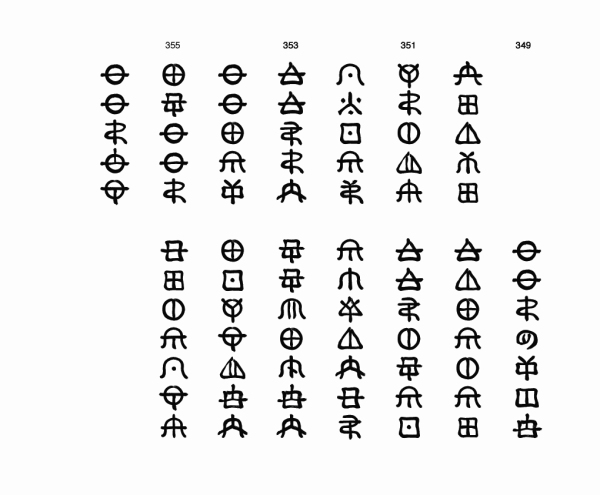

 Shirahige Myojin is an old man with a white beard, and he represents longevity. From our Woshite studies, we consider Sarutahiko and Shirahige (Sirahige) to be one. Recall our earlier post describing the great healing abilities of Sarutahiko and how he was the only one that Amateru met with just before his passing.
Shirahige Myojin is an old man with a white beard, and he represents longevity. From our Woshite studies, we consider Sarutahiko and Shirahige (Sirahige) to be one. Recall our earlier post describing the great healing abilities of Sarutahiko and how he was the only one that Amateru met with just before his passing.

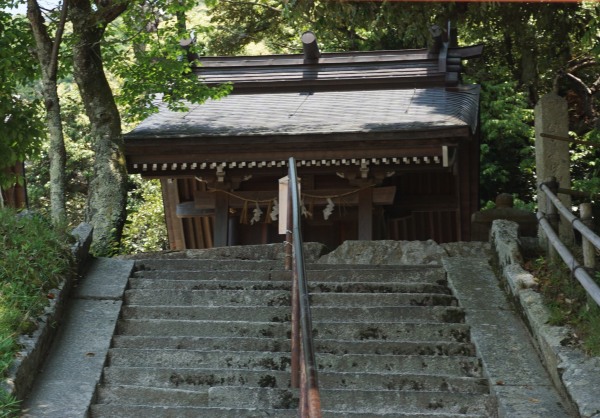
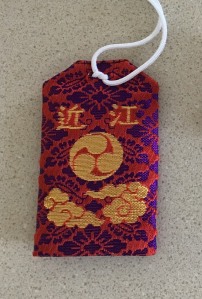

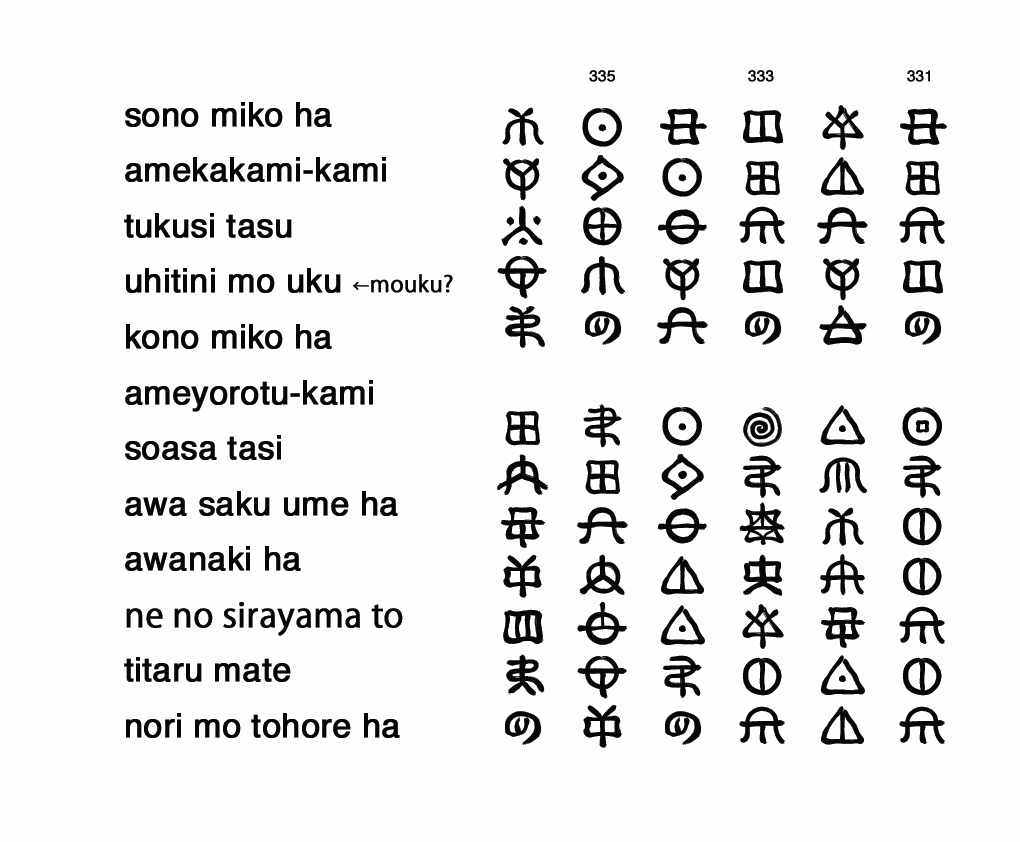




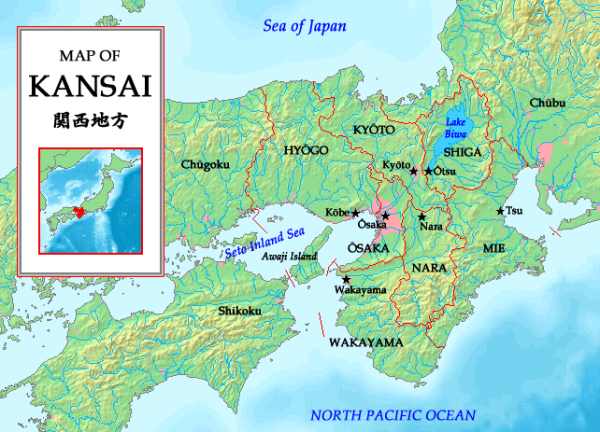
 Now consider Takamimusuhi, takami-musuhi. It is commonly written Takamimusubi. First, we note that takami refers to Hitakami, as discussed above. Next, musuhi is a response to takami: balance and harmonious movement are collectively created, achieved and accomplished, and new situations and new ideas appear. The Takamimusuhi leaders were very active and creative, producing new technologies and ideas such as the calendar, not only for their local land of Hitakami but also for the rest of Yamato.
Now consider Takamimusuhi, takami-musuhi. It is commonly written Takamimusubi. First, we note that takami refers to Hitakami, as discussed above. Next, musuhi is a response to takami: balance and harmonious movement are collectively created, achieved and accomplished, and new situations and new ideas appear. The Takamimusuhi leaders were very active and creative, producing new technologies and ideas such as the calendar, not only for their local land of Hitakami but also for the rest of Yamato.